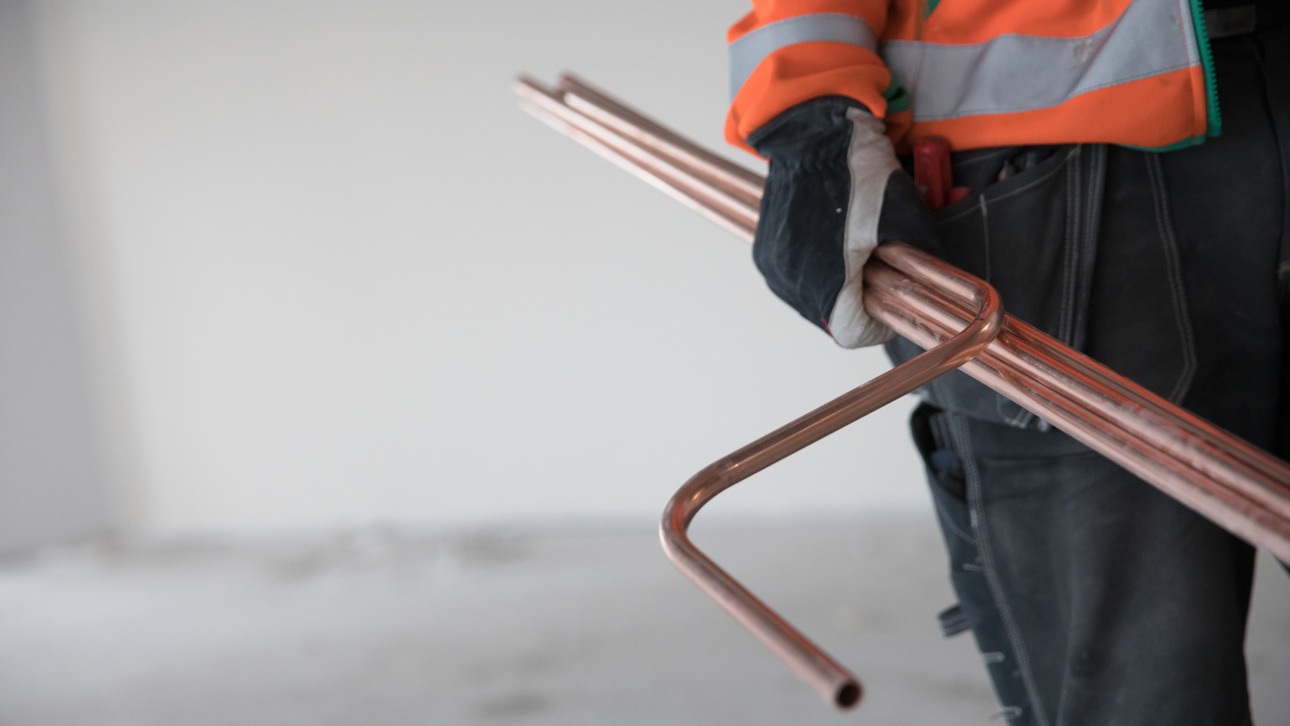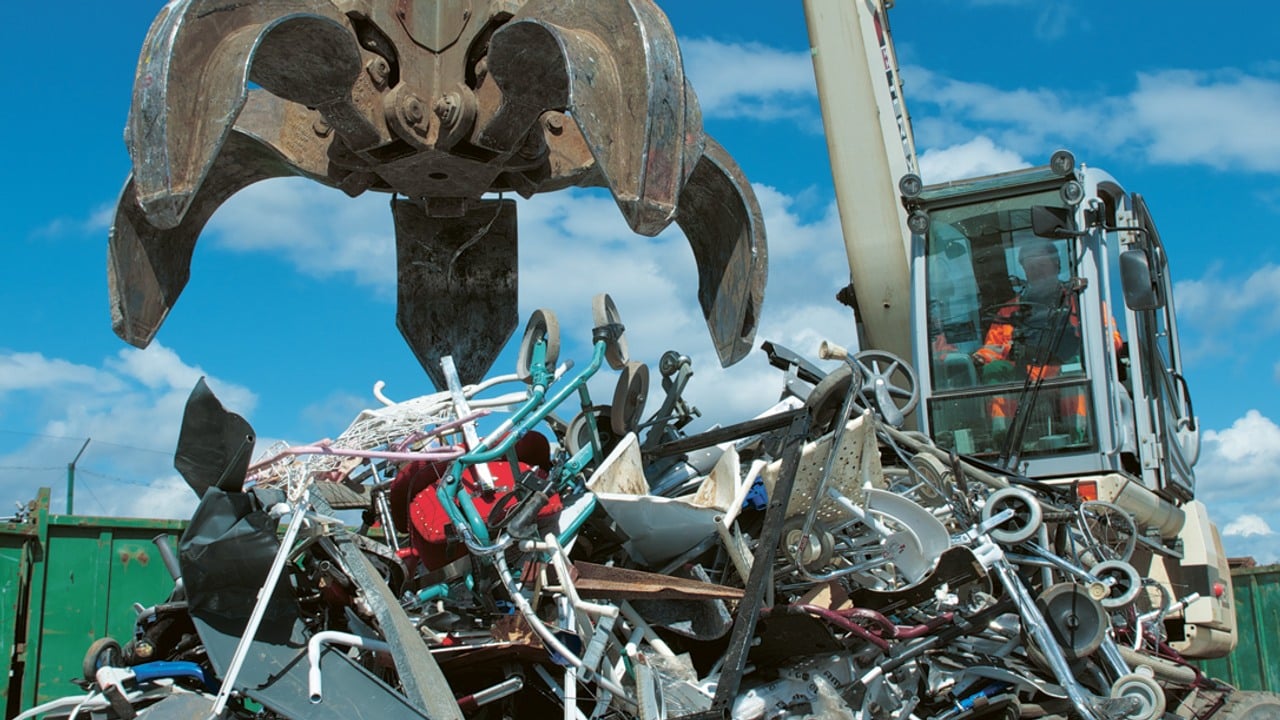In our modern world, metals play a central role in everything from buildings and vehicles to electronics and medical equipment. But we’re faced with a major challenge when it comes to meeting future demand. We can conserve important natural resources and promote a sustainable future by focusing on recycling.
Metals have always played an important part in human development. Sweden began importing copper and tin as early as 1800 BC for the manufacture of weapons and tools, and later the production of iron in the Bergslagen region would become one of our most important industries. Iron and steel from Sweden were used in the industrial revolution to build railways, bridges and buildings the whole world over.
Increasing demand
Today, metals are used in everything from skyscrapers and vehicles to smart phones, wiring and medical equipment, and demand just goes on growing. This is especially true of the critical metals that are essential for accelerating our green transition and achieving our climate goals. EVs, wind turbines and solar panels require great quantities of e.g. lithium, cobalt and rare earth metals. But if supply continues to look the way it does today, we will only have half of the lithium and cobalt we need in 2030… and only 80 percent of all copper.*
Mining – a major eco-villain
So how can we get hold of all the metal we need? Historically, we’ve always turned to mining – a complex, resource-intensive process. To extract the actual metal, ore must first be mined, crushed and milled. This requires great quantities of energy and water, and generates waste in the form of slag, pollutants and CO2 emissions. New mines demand vast areas of land, and this poses a threat to flora and fauna, while people living and working close to mines risk suffering from both air and water pollution. What’s more, the process often leads to social and geopolitical conflicts. But more importantly, the earth does not enjoy infinite resources.
Meeting demand
If we are to meet the world’s demand for metals and achieve green transition, we must increase the level of recycling. By extracting raw materials from goods previously manufactured, we can increase the supply of metals while also conserving the earth’s resources.

Five ways to increase metal recycling
1. Making the most of waste: Recycling metals from scrapheaps will allow us to reuse waste and reduce the need for new mining. Because many disposal sites contain more than 350 tonnes of material each, we should be able to recover around 7 million tonnes of iron and 2 million tonnes of other metals in Sweden alone. However, the Swedish landfill tax has put a stop to much of the work that could otherwise be done here.
2. Making use of forgotten material: The town of Norrköping alone is calculated to have around 500 tonnes of copper in disconnected electrical cabling left in the ground following replacement by new technology. Assuming the same amount in many other towns, there are probably around 2 million tonnes of such copper in the EU alone.** What’s more, copper is one of the most recyclable of all metals.
3. Conscious product design: We must set higher standards and demand that products be designed with recycling in mind. This should include using materials that are easy to separate, minimising unnecessary packaging materials and clearly labelling various components. Wave goodbye to all those floppy metal-foil pie containers and flashing toys with batteries included!
4. Responsible consumption: As consumers, we can help by sorting our household waste, recycling electronic devices and choosing products that are designed for recycling. We can influence the market by making conscious choices and driving the change toward more sustainable products.
5. Research and innovation: At Ragn-Sells, we are experts at refuse collection and providing advice, and we also conduct ongoing research into tomorrow’s metal recycling. We collaborate with major research institutes, develop methods and invest in new technology, which among other things has resulted in our new ability to extract metal from fly ash and bottom ash.
* International Energy Agency (IEA), "The Role of Critical Minerals in Clean Energy Transitions," 2021.
**https://www.iva.se/contentassets/2bdc74d37eaf4e87b42714115637da88/202403-iva-vagval-for-metaller-och-mineral-rapport2.pdf

